I have wanted to do a blog for years … to get those consistent voices and ideas out of my head and into print … so people smarter than me can comment and reflect … or point out my misdirection. So … here it goes. Remember how bad I said Mitchell and I are at keeping Sabbath … so you will not have to endure these reflections regularly!
THE WHITE BOX
“The White Box” or “The White Cube” is a term some art historians and art theorists use to describe the modern art gallery and museum experience as a special place set apart to allow human beings to be in solitude with the art they have come to see, admire and be inspired by. The design of the space … even the journey from the parking lot through the entry way … is purposely designed to transition the potential viewer from the chaos and distractions of the real world and into a world of aesthetic contemplation. This model holds that the object we set apart has the power to transform human lives.
I have come to believe more and more that the white box/cube misses the mark and distorts the understanding of the ultimate purpose and power of art. My faith tells me that our relationship and interactions with our world (natural and human) are our primary form of growth and transformation and change. Transformation happens in the messiness of a life lived in relationship … even the chaos and distractions. Likewise, great art emerges from a desire to visualize the human struggle to transform our world … a return to Sabbath if you will.
Any model for experiencing art that separates it from the real world experiences that actually inspired their creation builds a wall around the art object and obscures and truncates its work in the world. By separating experience from both the object and the artistic process, the white box/cube is asking and expecting art to do something art cannot do by itself. Art was not conceived in isolation (although the artist might need time alone to produce the work), so the way we view art should reflect the way in which it was conceived and brought into being.
Every time I go into local bistro Town Kitchen & Provisions (TKP) I get the feeling that the way we view art … and celebrate art … needs to evolve. At TKP folks experience art in the primary way that humanity forms a relationship, a family, and a community … at a meal! Art becomes a conversation between friends … or the backdrop of a shared experience … or just the landscape of our life together. The art and the artist becomes the server and not the sideshow … not unlike owners Melanie or Jared preparing and bringing the meal to the table. The meaningfulness of the experience is not just rooted in an amazing sandwich like the “Miss Piggy” or the “Friar Cluck” … but in the relationship that is shared.
While many folks found them dark, I loved that Suzanne Paddock’s work, many depicting her dad’s final days, accompanied the opening of TKP … rooting a shared meal in a new place with the visual complexity of human life and death. I love that local artisans display and sell work that folks actually take home and use. I love the playfulness of Shelley Koopmann’s vignettes as they mimic life both inside and outside the bistro. I love Carol Burnett’s primitive mixed media works that poke fun at small town life and relationships. But most of all I love that art has become a backdrop for a place of hospitality, a shared meal and transformational conversations. Art that is in relationship … not set apart.
This feels like art headed in the right direction.
Blessed Sabbath
- VPE



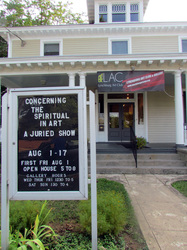


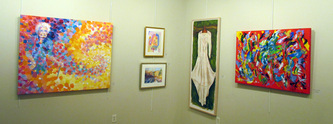
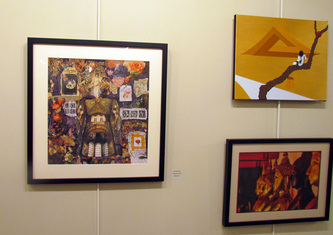
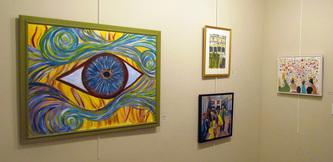
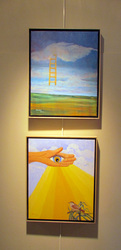
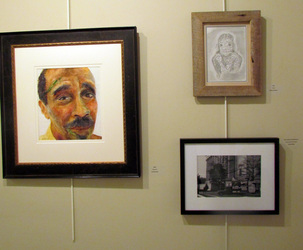
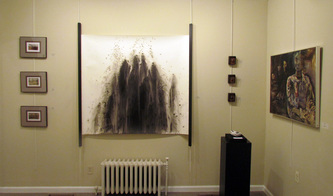

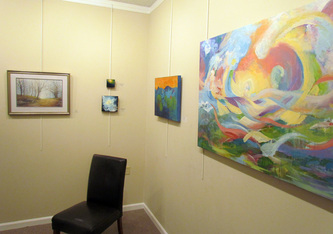
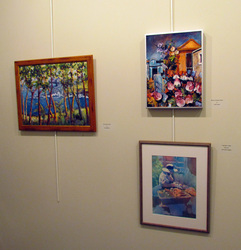
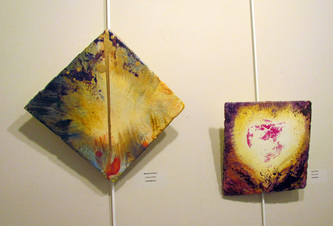
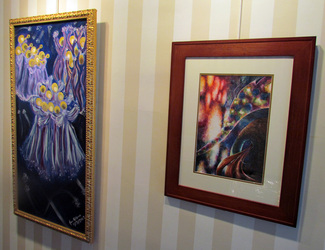
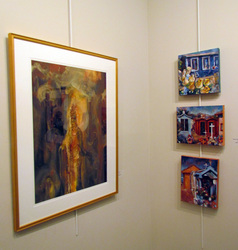
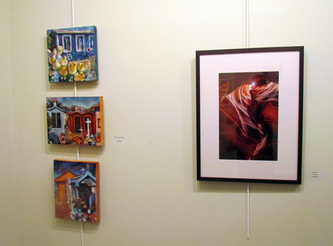
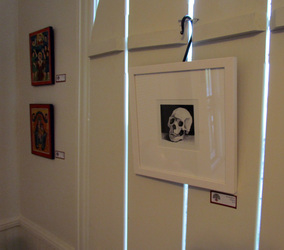
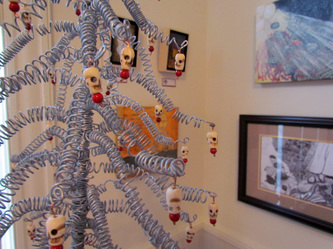
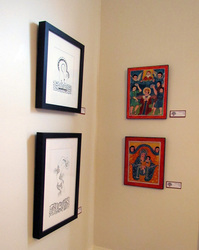
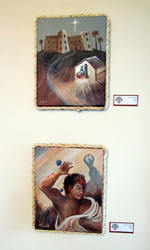
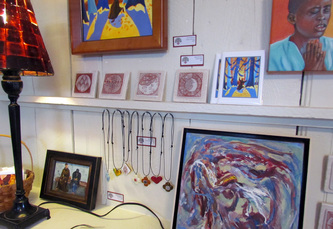
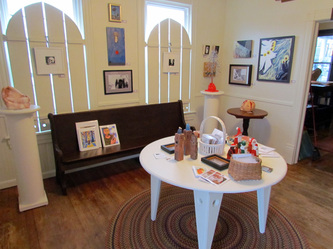
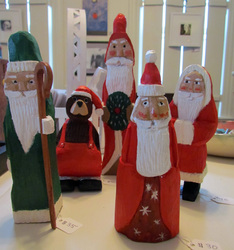
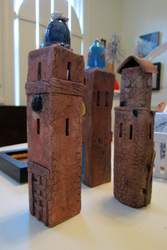
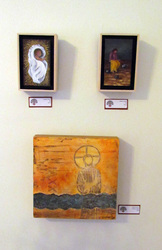
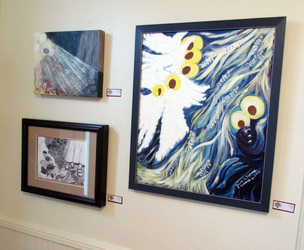
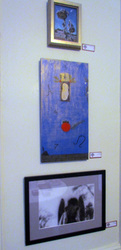
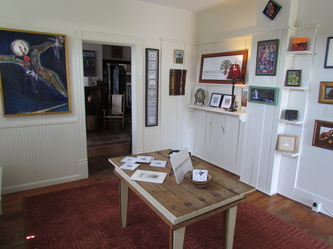
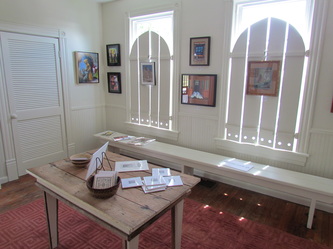
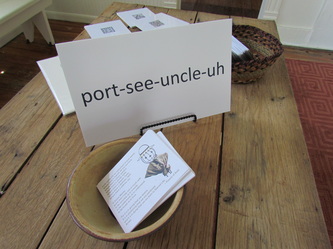
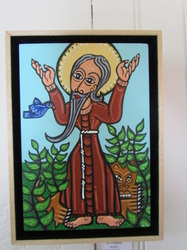
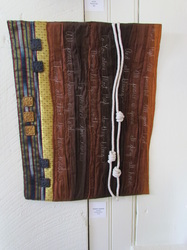
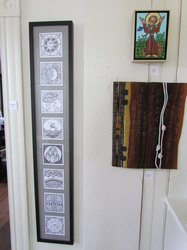
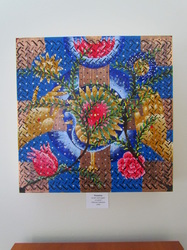
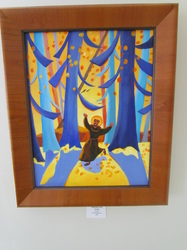
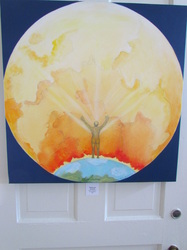
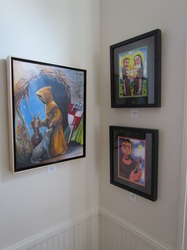
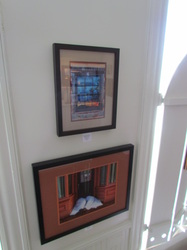
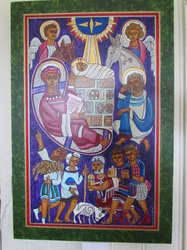
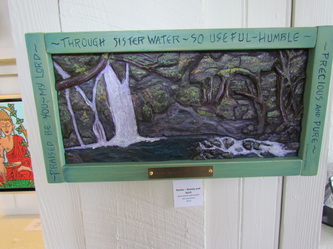
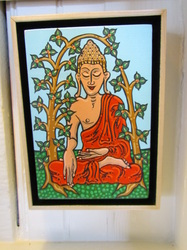

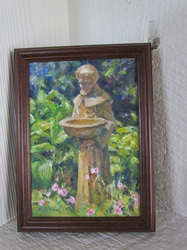
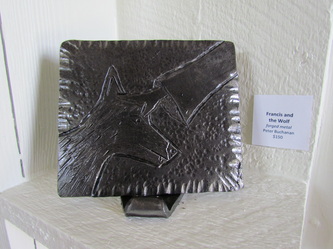
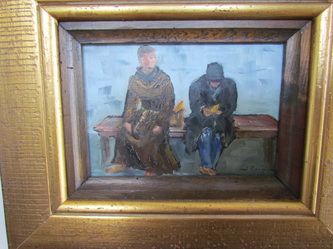
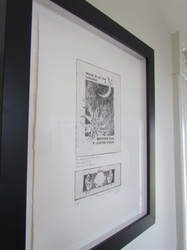
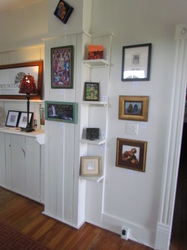
 RSS Feed
RSS Feed